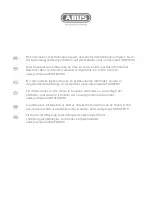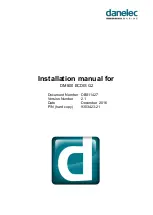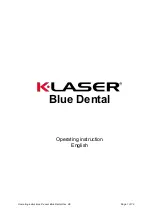
User Manual
KS-SAL-20 |Pocket
Salinity Tester
Kensington Scientific
22a Cavan Rd, Dry Creek
South Australia, 5094
[email protected]
www.kensingtonscientific.com.au
2. Press ENTER again to return to salinity mode.
MAKING MEASUREMENTS
1. Press the MEAS/HOLD button to turn on the meter. Press ENTER to select the needed measurement mode.
2. Remove the protective cap of the salinity sensor
3. Rinse the meter with distilled water.
4. Dip the instrument into the tested sample or solution and stir gently.
5. Wait for the measurement to stabilize and record the measurement.
HOLD FUNCTION
1. Pressing the HOLD key while in measurement mode will activate the hold function. The HOLD indicator will appear
on the display and further measurement readings will not be possible.
2. Press the HOLD key again to disable the hold function.
ELECTRODE SENSOR MAINTENANCE
1. It is recommended to keep the sensitive membrane of the sensor wet. This is accomplished by periodically dipping
the sensor in distilled water or by using an electrode storage solution when the tester is not in use.
2. If the instrument will be kept in storage for a long time, place the sensor in an electrode storage solution.
3. Make sure to wash the sensor with distilled water before and after use.
4. Do not reuse prepared buffer solutions.
ELECTRODE REPLACEMENT
One of the advantages of using the Kensington KS-EC-10M-E is that the sensor can be replaced instead of buying a
new tester when the sensor fails during calibration. Removing and installing the sensor is easy and convenient and
also increases the utility of the instrument as additional sensors can be purchased for different applications. To replace
the sensor:
1. Twist the electrode collar counter-clockwise and pull the electrode away from the instrument


























